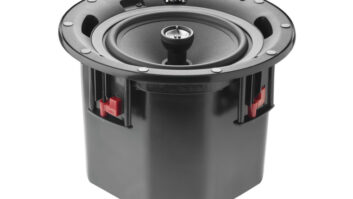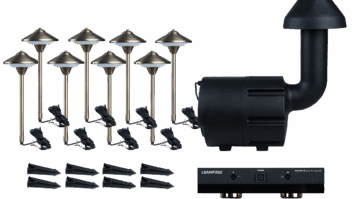I just spent about 30 minutes with a client helping them to understand their Verizon FiOS bill. Granted, that isn’t part of what we do, but I was being a nice guy and helping out. The bill was very confusing because there was a partial month of service, pre-paying the following month, equipment rentals, taxes, etc. We’ve all be there and dealt with these confusing bills in our personal lives, be it from the cable company or your cell phone provider. I realized that for the people who work at these companies and design the bills, they (hopefully) thought the bill layout and calculations were clear and easy to understand.
This made me take a long hard look at how we bill our clients. While I do believe the layout of our proposals and invoices is clear and there aren’t as many confusing details as there are in a utility bill, we do have A LOT of line items and many, many revisions. This led me to conduct a small audit of proposals and invoices from the past couple of months, and one of things that stood out is how many change orders we issue on a monthly basis.

Image: ThinkStock
Typically a conversation would happen on site between a sales person or project lead and the client, resulting in some changes, and that change would be called or emailed into the office. The office would then issue a revision for the client to sign off on and would bill appropriately. This happens with regularity and if you aren’t careful, it can be easy for things to slip through the cracks. I could imagine if we weren’t careful and didn’t have strict processes in place that much of the billing might not happen, even if the work is done. It wouldn’t take much for that to happen.
Additionally, if clients are not kept in the loop with changes, they could be surprised and irate when an invoice with all of the changes comes at once. It’s much more palatable to issue small change orders as they crop up with one to five percent changes, than it is to send a bulk change order that increased the project by 20 percent. We have some projects where we are on revision number 100 or higher. That is why years ago, I insisted we use an industry-standard proposal and billing system.
Here are some of the policies I have instituted to avoid this this potential profit drain:
- ANY hardware is a change order. While it may seem easy to the tech on site to connect up that Apple TV for the client, it requires programming and another input card that needs to be ordered, as well as an HDMI cable. Something seemingly simple isn’t always that simple.
- Change orders are recorded on site at the moment it happens, and the client can sign from within the billing app. This is an upgrade within our software package, but is completely worth it. It sure doesn’t cost the thousands of dollars you may lose by missing billing on change orders.
- All work is to be approved by the client in writing. This was already a policy, but it has been strongly reiterated. Client signatures or emailed approvals are required for all changes.
- Now make sure #2 is a reality, no work is to begin and no product ordered without a work order. Our proposal/invoicing software can issue work orders based on what is approved and this needs to be our bible.
It took a lot of training for our onsite and in-office teams. They are trained to make the client happy and solve problems. We needed to keep that culture and ethos, but instill some more discipline so that we do not let things go without approval or without being billed.
It is all part of a growing company. When you are a one- or two-person shop, you can run the business in Excel and make decisions by the seat of your pants; you can’t do that as you grow and expand. We need to set ourselves up for the next five to 10 years of growth, so that when we reach our revenue and headcount targets we are not straining at the seams, but are a well-oiled machine.







